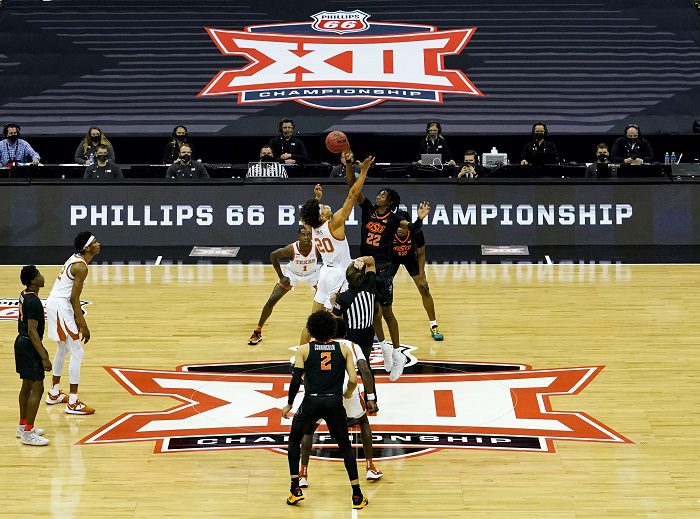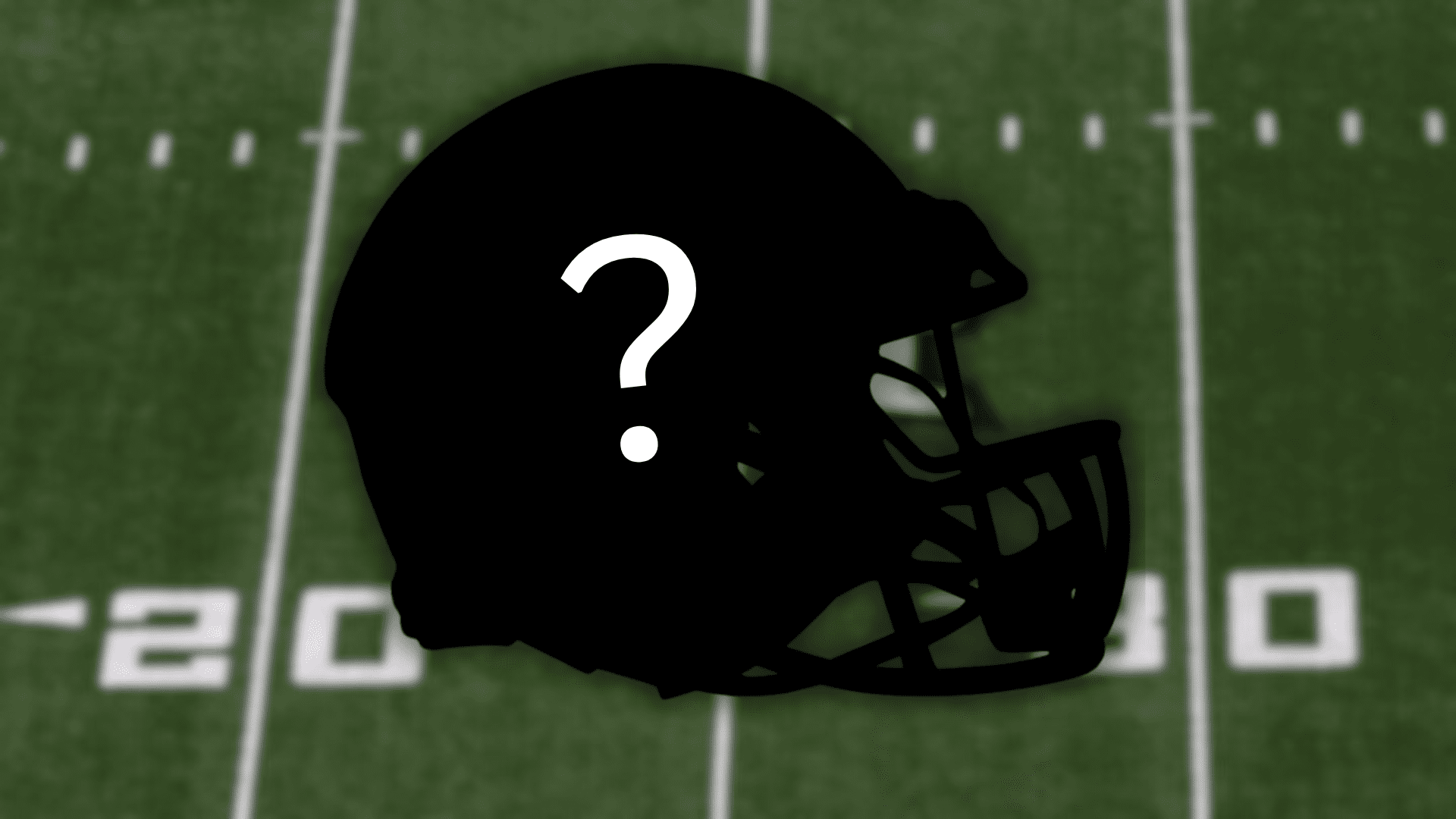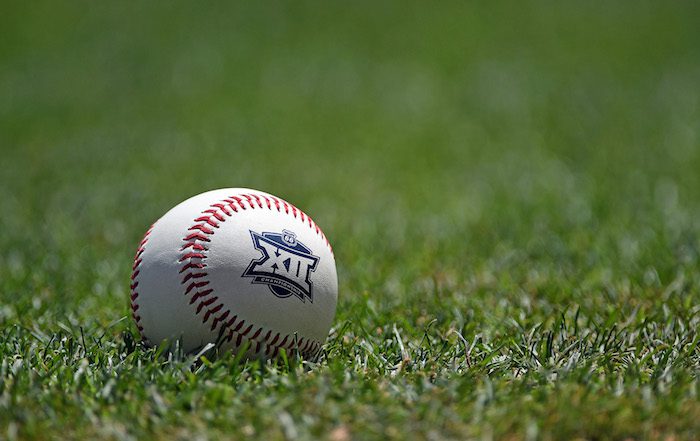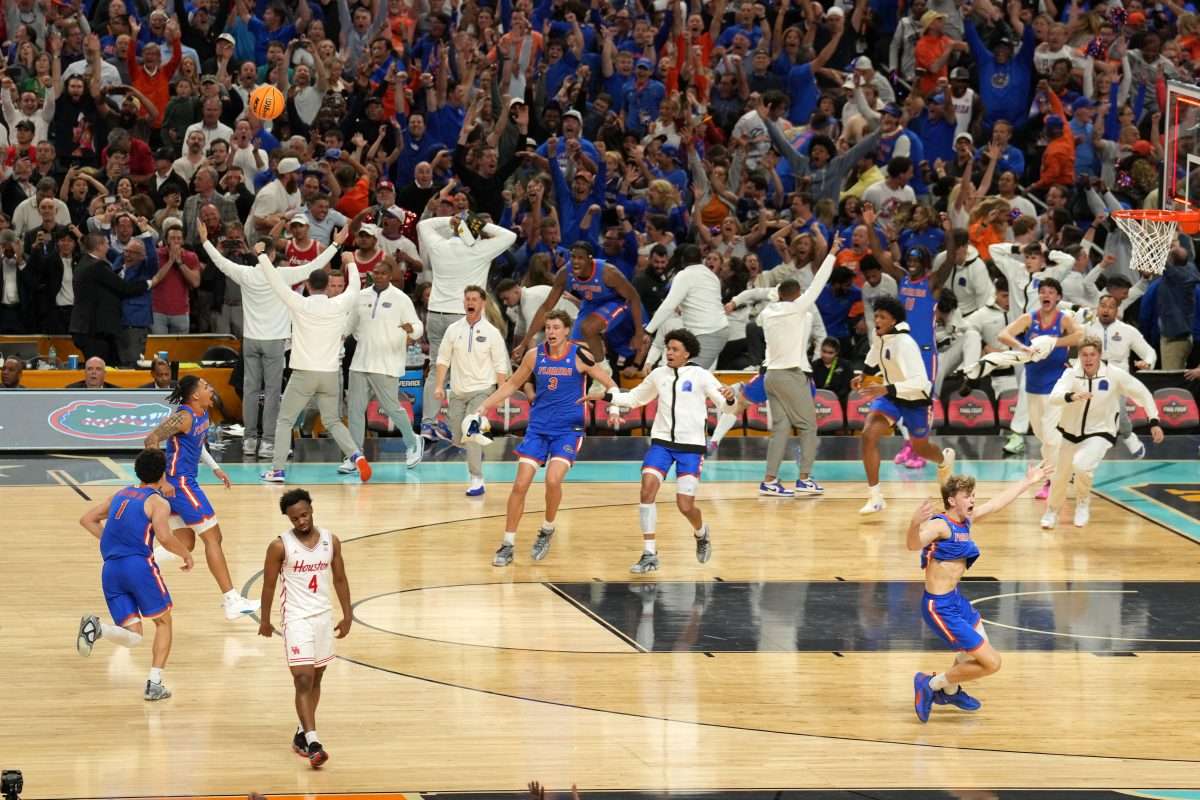Monday is the off day between the Big 12 men’s and women’s basketball tournament in Kansas City. It wasn’t always that way.
Just two years ago both tournaments were held concurrently. The men were at T-Mobile and the women were at Municipal Auditorium.
I covered the last two concurrent tournaments. I can tell you the buzz was everything. A 10-minute walk from venue to venue to see high-level basketball all day and all night was something.
Related: Analyzing the Big 12 Basketball Coaching Decisions of the Week
I also covered last year’s men’s and women’s tournaments at T-Mobile. I wasn’t able to be at the women’s tournament this year. But our Pete Mundo was. He accompanied his oldest daughter to the Friday session which featured Kansas State and the attendance didn’t look great.
The idea of moving the women to T-Mobile and have the tournament before the men was an effort to make both tournaments equitable in venue and format. It’s laudable. It’s the right thing to do.
But is it the right thing to do for the fans and for the growth of the women’s game? Iowa State won the final women’s tournament at Municipal, and coach Bill Fennelly lamented the departure. One of the reasons was that he was worried the Cyclones’ fan base would be divided. Could a fan base go to KC two weekends in a row, even one as rabid as the Cyclones?
After two years, I’m not so sure. But, before we pass judgment, let’s do the research and break it down. After all, that’s my job.
Women’s Attendance in KC
The women’s tournament moved back to Kansas City in 2020 but wasn’t played due to COVID. The next year, in 2021, just 3,783 fans attended. So, 2022 was really the first year back at Municipal.
Let’s break down 2022, which was a 10-team tournament with five sessions and nine games:
Total attendance: 20,415, 4,083 average per session, 2,268 per game.
Now, 2023, with the same format:
Total attendance: 25,385, 5,077 average per session, 2,820 per game.
Per session, that was 24.3% growth. By game that was a 24.3% increase.
Now, last year’s tournament was the first at T-Mobile. This was a 14-team tournament with 13 games and seven sessions:
Total attendance: 33,128, 4,732 average per session, 2,548 average per game.
That’s a drop in per-session and per-game averages the first year after Municipal. But let’s look at this year, now that it’s wrapped up. This time, it’s 16 teams, 15 games and eight sessions.
Total attendance: 39,188, 4,898 average per session, 2,612 average per game.
Year-over-year, it’s an 18.3% increase in total attendance, 3.5% per session and 2.5% per game.
The overall attendance increase is a good thing. But per session and per game the increase was negligible. It should be pointed out this year every session drew at least 4,000 in paid tickets, with the last three sessions drawing more than 5,000 per session.
But again, the league had to be hoping for bigger numbers.
What About the Other Power Conferences?
The other three power conferences the Big 12 competes with also hold standalone women’s tournaments. They’re also regionally located. They also do much better, attendance-wise, than the Big 12.
Last year the Big Ten drew 129,512, in part due to Caitlin Clark at Iowa. The ACC drew 67,081 and the SEC drew 64,905.
What about this year? All three were pacing ahead of the Big 12 going into Sunday’s championship games.
The Big 12 basketball product is not inferior to any of those conferences. But the attendance clearly is at the moment. There’s a gap for the Big 12 to make up. Would playing the women’s tournament alongside the men’s tournament help?
Related: Heartland College Sports 2024-25 Big 12 Men’s Basketball Awards
What About the Men?
Let’s go back to 2022. The men drew 79,846 to T-Mobile. The next year the attendance grew to 90,110. That was the last 10-team tournament. So, alongside a 11,000 increase in attendance for the men was a 5,000 increase in attendance for the women. How much did having the men’s tournament nearby have to do with that? Or the full dissipation of COVID protocols? Or both?
Now, let’s look at 2024, the first tournaments in KC not going on simultaneously. The men’s attendance went up to 118,300 (remember, there were 14 teams), an increase of about 28,000. The women went up to 33,128, or about 8,000.
The men saw a significant boost for a standalone tournament by percentage. Did the lack of a concurrent women’s tournament help or was that going to happen regardless?
But that doesn’t address perhaps the biggest issue, which would be the disparity in facilities.
What About Municipal?
The capacity at Municipal Auditorium for basketball is roughly 10,000. The capacity at T-Mobile is 18,000 and the league is draping off the upper bowl for the women’s tournament. Municipal is a unique venue. It’s art deco in design and has a long history in college basketball. It’s hosted the NCAA Tournament, the Final Four and Darryl Dawkins shattered a backboard there. There’s a lot of history.
It is also nowhere equitable to T-Mobile. If moving the women was to make the tournament more equitable, then moving it back just sets it back from that standpoint.
Pete posed the idea of updating Municipal to make it more state-of-the-art. Can that be done? I don’t know. I’m not in KC like Pete. But I am in Dallas and, well, the city is doing that with a similar venue.
The city of Dallas is updating the Dallas Memorial Arena, which is part of the convention center, as the Dallas Wings prepare to move in for the 2026 WNBA season. At one time, it hosted Dallas’ ABA team. It’s also roughly the same design and capacity as Municipal.
The city is preparing to spend at least $25 million to renovate and update the space. Renderings are not out yet. What does a $25 million renovation get you to make an auditorium more modern and basketball-friendly? I’ll let you know when I know.
There’s nothing wrong with Municipal. It’s just not up-to-date, and that’s the real problem here. The revenue drivers that T-Mobile can offer both the men’s and women’s tournaments don’t exist there. These days, that’s critical for a five-day tournament like the Big 12.
Related: Big 12 Basketball Tournament Bracket, Schedule, Seeds Set
Fixing the “Problem” Now
Are there ways to “fix this” next year? Sure. Here are a few.
First, use T-Mobile over several days, like the Big 12 is now, but alternate men’s and women’s days to try and maximize attendance. Here’s how:
Day 1: Women’s first round (Friday)
Day 2: Men’s first round (Saturday)
Day 3: Women’s second round (Monday)
Day 4: Men’s second round (Tuesday)
Day 5: Women’s quarterfinals (Wednesday)
Day 6: Men’s quarterfinals (Thursday)
Day 7: Men’s and women’s semifinals (Friday)
Day 8: Men’s and women’s championship games (Saturday)
You get seven days of quadrupleheaders and a final day with a championship doubleheader. With a championship Saturday, the tournament would have to start the Friday before to accommodate BYU not being able to play on a Sunday. Both regular seasons would need to end the Sunday before that. It’s doable.
Second, here’s a five-day format using both facilities:
Day 1: Women’s first round at Municipal; men’s first round at T-Mobile (Tuesday)
Day 2: Women’s second round at Municipal; men’s second round at T-Mobile (Wednesday)
Day 3: Women’s quarterfinal at Municipal; men’s quarterfinal at T-Mobile (Thursday)
Day 4: Men’s and women’s semifinals at T-Mobile (Friday)
Day 5: Men’s and women’s championship games at T-Mobile (Saturday)
Third, here’s a five-day format that is more equitable, but would likely fall flat with the bean-counters in the conference:
Day 1: Men’s and women’s first round, split evenly between Municipal and T-Mobile (Tuesday)
Day 2: Men’s and women’s second round, split evenly between Municipal and T-Mobile (Wednesday)
Day 3: Men’s and women’s quarterfinals, split evenly between Municipal and T-Mobile (Thursday)
Day 4: Men’s and women’s semifinals at T-Mobile (Friday)
Day 5: Men’s and women’s championship games at T-Mobile (Saturday)
The first three days would feature a men’s session at each venue and a women’s session at each venue. That’s as equal as it gets. It could become a long-term solution, assuming Municipal could be upgraded to be comparable to T-Mobile.
What’s Next?
I think the Big 12 probably needs more data before it makes adjustments. The optics of Pete’s photo, frankly, weren’t great. I trust the Big 12 is doing what it can to prop up the women’s game the way it should be, and the women’s game deserves this kind of venue and platform.
Leveraging Municipal would eventually be wise, but I think it needs to be upgraded before the league could do so. The Big 12 isn’t going to surrender potential revenue that it can capture through having both events at T-Mobile. If there wasn’t revenue to be had, the league wouldn’t be doing it.
There is also Kemper Arena (or Hyvee Arena), which is further away but I assume could still be leveraged for a tournament like this, even as it’s been restructured to be a multi-use facility.
There are options, but I see the Big 12 taking a wait-and-see approach as it tries to continue to build up a standalone Big 12 women’s tournament.
But if I were in charge? I’d run Option 1 for a couple of years and see if it increases attendance.
You can find Matthew Postins on Twitter @PostinsPostcard.





